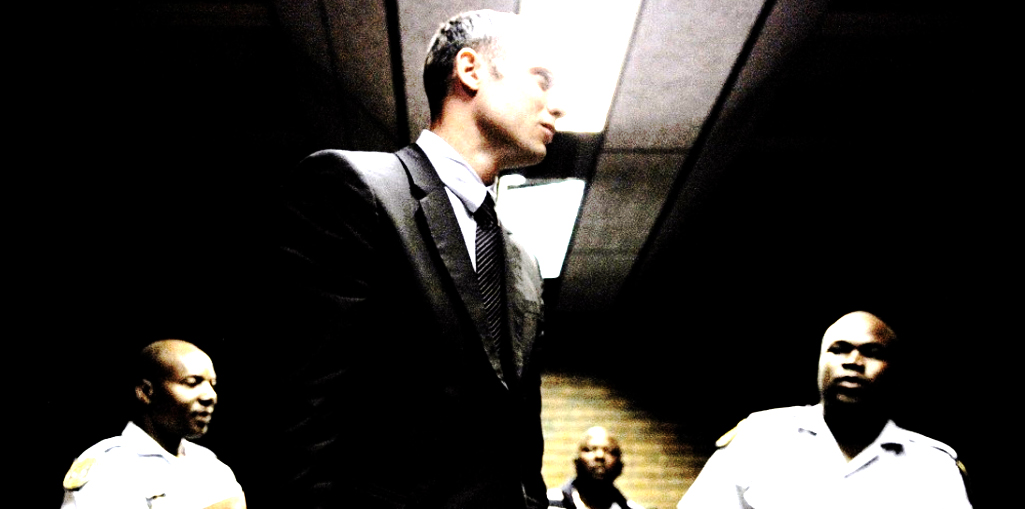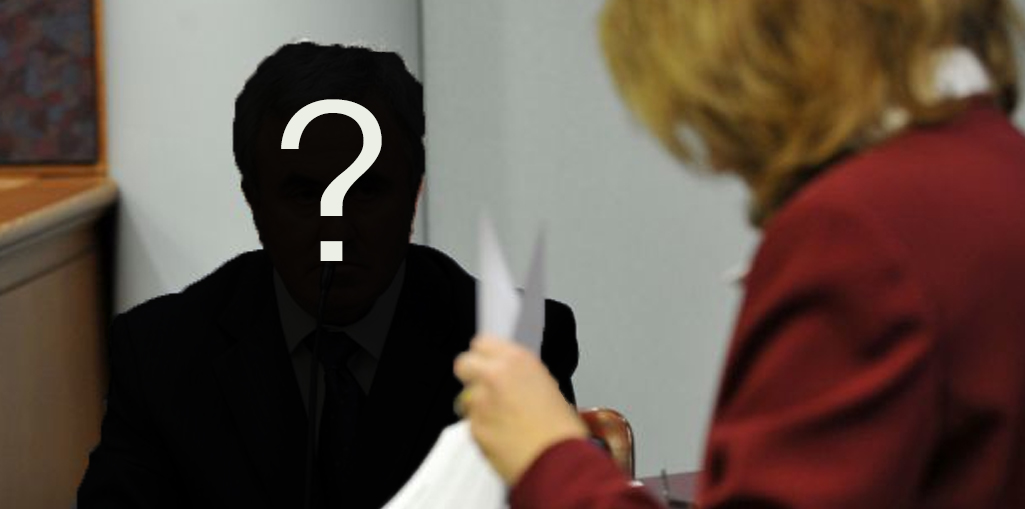The issue of getting a fair and impartial judge to hear your case is obviously important in every case. However, what can you do when you think the judge is prejudiced against you and your case? You could file a challenge to the judge pursuant to the Code of Civil Procedure section 170.6. A 170.6 petition allows you a one time per case ability to disallow the judge who has been assigned to the case from hearing it. You do not have to prove bias on the part of the judge but you must file it upon hearing who the judge is. Once you agree to have that judge hear the case you have given up your right to have the judge removed because of the 170.6 petition. Once the time passes for your 170.6 motion, the only recourse is to file a Motion to Recuse, to remove the judge from your case. Recusing a judge is a serious matter, as it involves the removal of a judicial officer from a case due to a potential conflict of interest or bias. Recusing a judge is a legal mechanism designed to ensure that the administration of justice is fair and unbiased. In California, the primary grounds for recusing a judge can be broadly categorized into two main categories: statutory grounds (Code of Civil Procedure sections 170-170.9) and ethical considerations.
Statutory Grounds:
1. Bias or Prejudice: One of the primary statutory grounds for recusing a judge in California is the presence of bias or prejudice that might reasonably lead a party to believe they will not receive a fair trial. This can be demonstrated through the judge’s prior actions, statements, or behavior that suggests a predisposition against a party.
 Orange County Criminal Defense Lawyer Blog
Orange County Criminal Defense Lawyer Blog


 Think secret bail hearings only exist in fiction? Unfortunately the answer is no, even though the
Think secret bail hearings only exist in fiction? Unfortunately the answer is no, even though the 